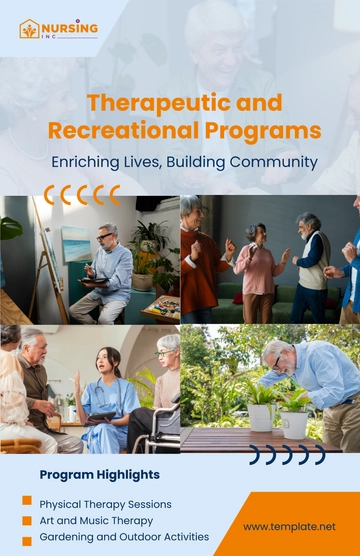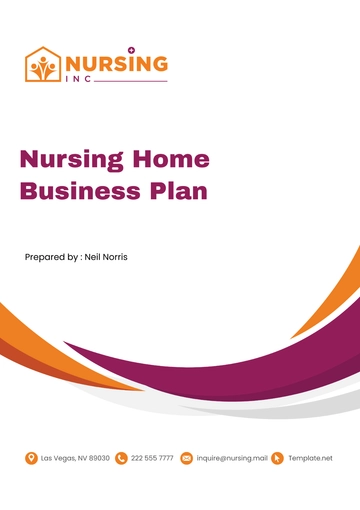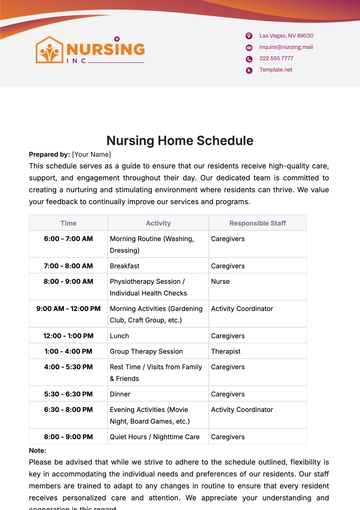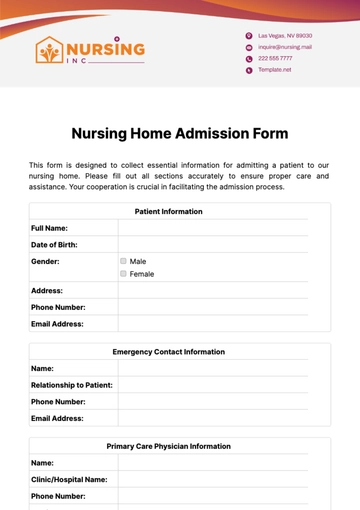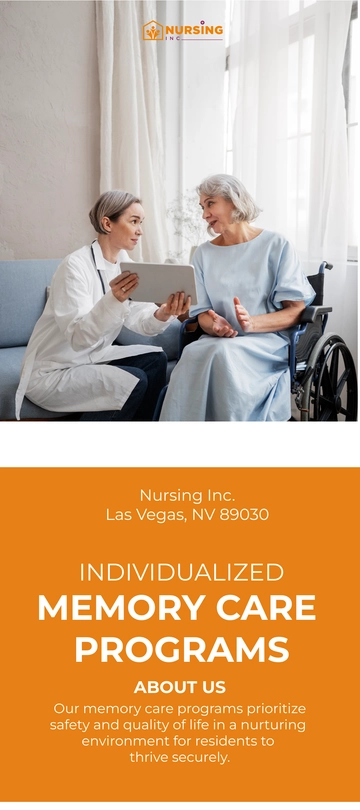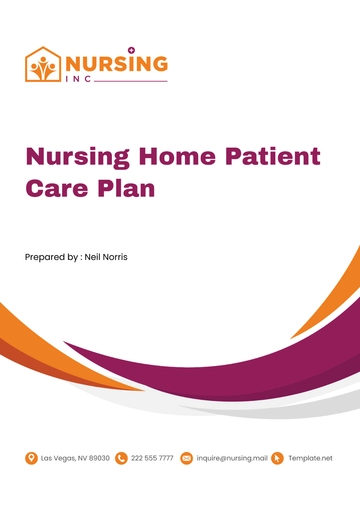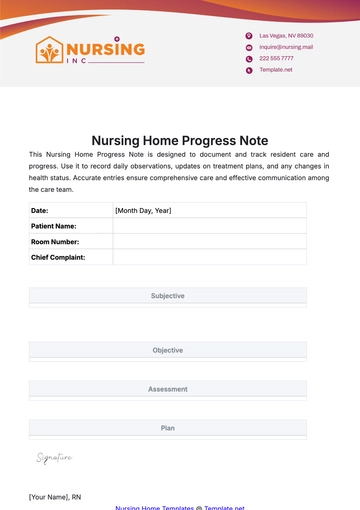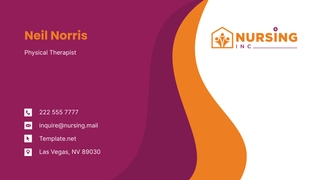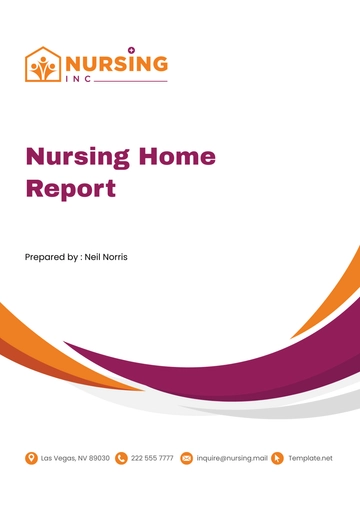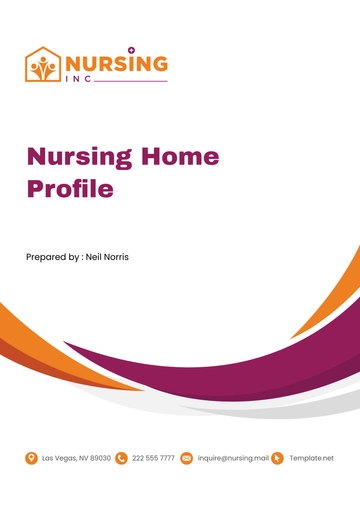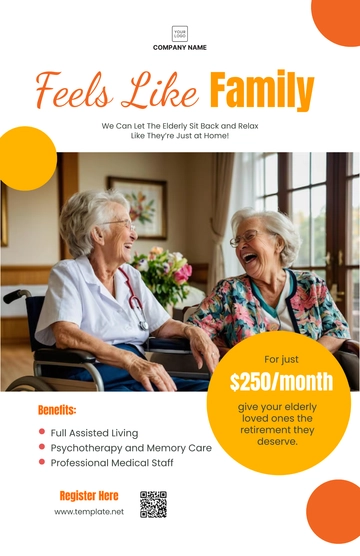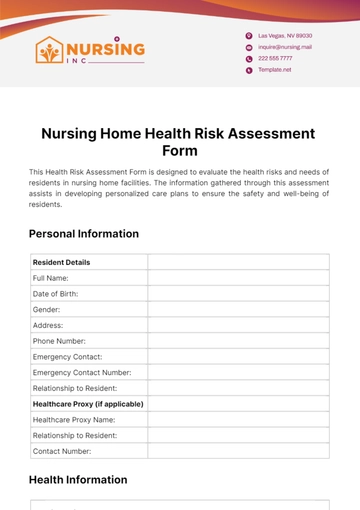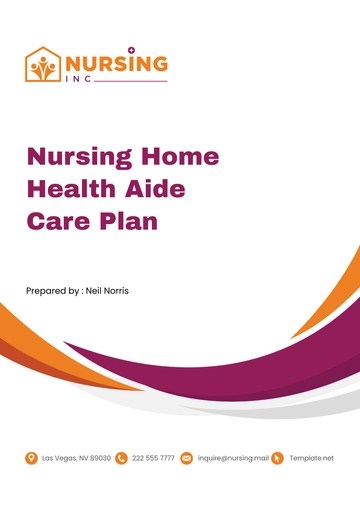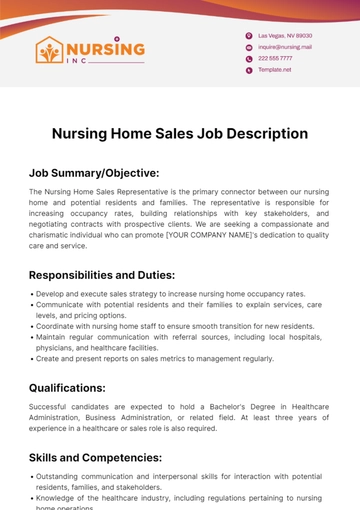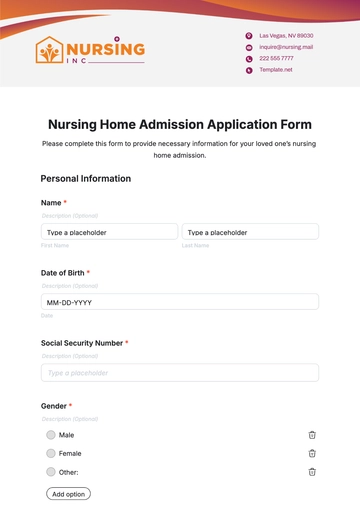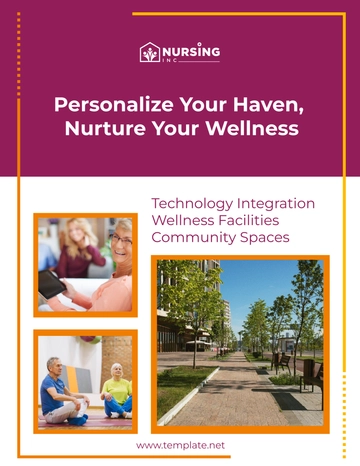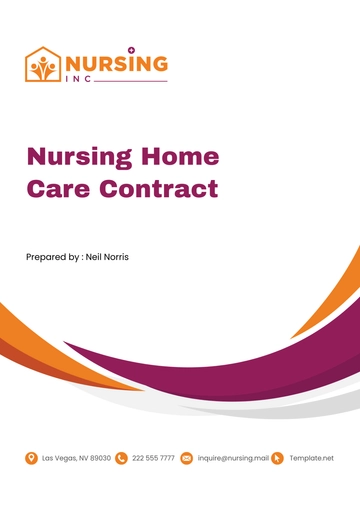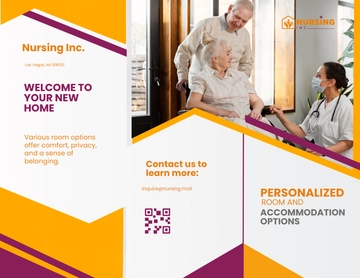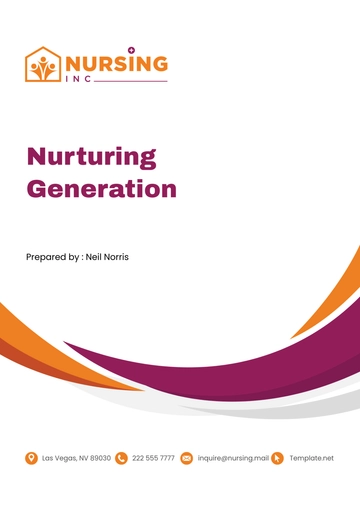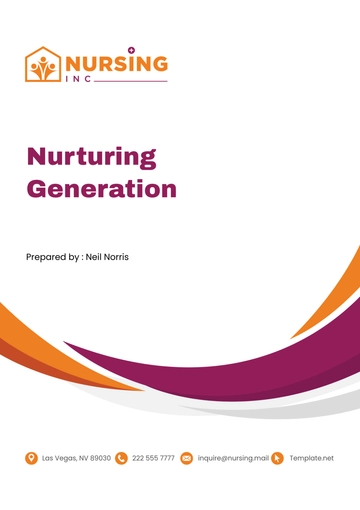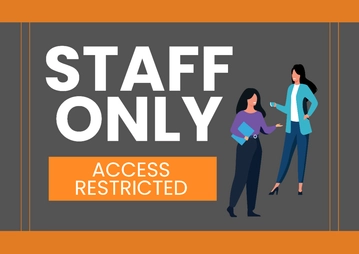Free Nursing Home Building Security Protocol
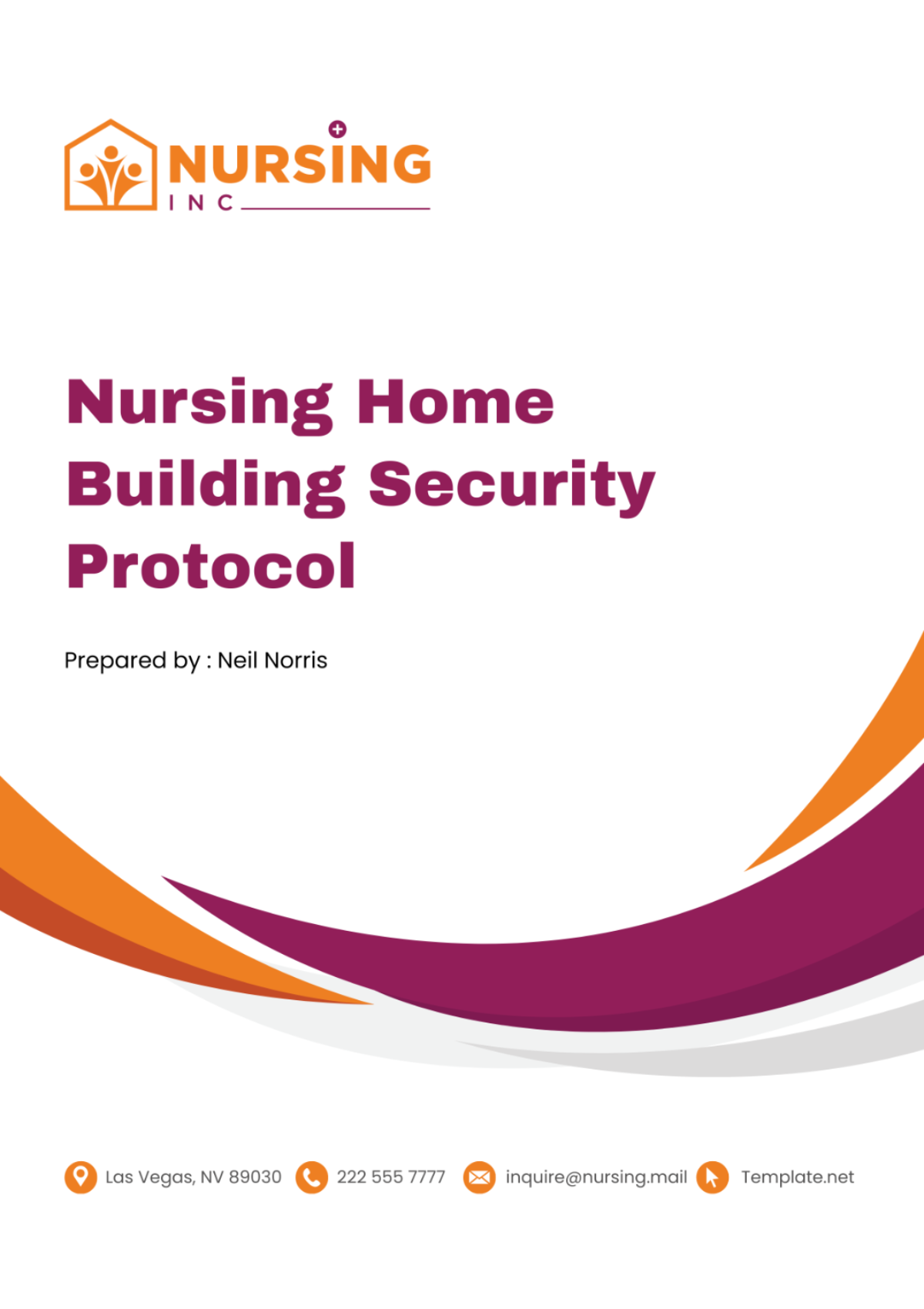
Introduction
This Building Security Protocol has been drafted to ensure the utmost safety and security of residents, staff, and visitors of [Your Company Name]. Given the unique vulnerabilities and requirements of our community, these protocols are designed to provide a comprehensive security framework that addresses both day-to-day operations and emergency situations. Implementation of these guidelines is essential for maintaining a secure and welcoming environment for everyone.
Company Background
[Your Company Name], established in the year [2050], has been at the forefront of providing exceptional care and support to the elderly population. Our facility is designed to offer a blend of comfort, compassionate care, and the highest level of security to ensure a peaceful and safe environment for our residents. With a capacity to accommodate up to [150] residents. Our staff, comprising highly trained healthcare professionals and support personnel, is dedicated to maintaining the highest standards of care, dignity, and respect for all residents.
Access Control
To maintain a secure environment, strict control over access to and within the facility is essential. The following measures are designed to ensure that only authorized individuals gain entry, thereby safeguarding our residents and staff against unauthorized access and potential security threats.
Control Measures:
Access Point | Control Measures |
|---|---|
Main Entrance | Advanced electronic access control system with facial recognition technology; 24/7 security personnel on duty. |
Service Entrance | High-security keycard access, under constant surveillance by CCTV systems; security checks for incoming goods. |
Resident Areas | Keycard access integrated with biometric verification; CCTV monitoring in communal areas, respecting privacy norms. |
Restricted Areas | State-of-the-art biometric access controls, including fingerprint and retina scans, to ensure utmost security. |
Authorized Personnel:
Access Point | Authorized Personnel |
|---|---|
Main Entrance | Staff, Residents, Registered Visitors |
Service Entrance | Staff, Approved Contractors, Emergency Services |
Resident Areas | Staff, Residents, Registered Visitors, Emergency Services |
Restricted Areas | Authorized Staff, Emergency Services in specific s |
Visitor Management
Visitors play a vital role in the wellbeing of our residents; however, to ensure security, it is crucial to manage and monitor visitor access effectively. The procedures outlined below are intended to identify, authorize, and track visitors throughout their time in the facility.
Procedure | Description |
|---|---|
Visitor Registration | Mandatory registration at reception; provision of government-issued ID and documentation of visit purpose. |
Visitor Badges | Visibly worn badges issued upon registration, featuring a photo, name, and expiration time. |
Visitor Logs | Digital logs maintained to record the entry and exit times, including the areas of the facility visited. |
Emergency Procedures
In the event of an emergency, it is paramount that clear and efficient procedures are in place to protect all individuals within the nursing home. The following protocols address various scenarios, including fire, medical emergencies, and security threats, ensuring a swift and coordinated response.
Emergency Type | Response Procedure |
|---|---|
Fire | Automated alarm systems; evacuation protocols; coordination with emergency services; regular drills. |
Medical Emergency | On-site medical team activation; streamlined emergency services access; detailed medical action plans for residents. |
Security Threat | Immediate activation of lockdown protocols; alert to local law enforcement; real-time monitoring and r |
Cybersecurity Measures
In recognition of the critical importance of digital information security, [Your Company Name] has instituted comprehensive cybersecurity measures. These protocols are meticulously designed to protect the privacy, health records, and personal information of our residents against digital threats, thereby safeguarding the integrity and confidentiality of our electronic data systems.
Advanced Encryption: We employ cutting-edge encryption technologies for both data at rest and in transit. This ensures that all resident and operational data are encrypted, significantly reducing the risk of unauthorized access or data breaches.
Infrastructure Security Updates: Regular updates and maintenance of our IT infrastructure are performed to address vulnerabilities. This includes updating software, reinforcing system defenses, and implementing the latest security patches to stay ahead of potential cyber threats.
Firewall and Anti-Virus Protections: Comprehensive firewall systems and anti-virus software are deployed across our network and digital devices. These layers of protection work in tandem to detect, prevent, and eliminate malicious software and intrusion attempts.
Security Assessments and Penetration Testing: Periodic assessments are conducted to evaluate the effectiveness of our cybersecurity measures. Penetration testing, performed by cybersecurity experts, helps identify potential vulnerabilities, allowing us to strengthen our defenses proactively.
Staff and Resident Training: A core aspect of our cybersecurity initiative is the ongoing education of our staff and residents. Training sessions focus on internet safety, awareness of phishing scams, and the critical importance of using strong, unique passwords. This education is aimed at fostering a security-conscious culture within our community.
Rapid Response Protocol: In the event of a cybersecurity incident, we have a detailed rapid response plan in place. This protocol is designed to quickly contain and mitigate any breaches, minimizing their impact and restoring the integrity of our systems with minimal delay.
Through these comprehensive cybersecurity measures, [Your Company Name] underscores its commitment to digital safety and the protection of sensitive information.
Surveillance and Monitoring
Continuous surveillance and monitoring are vital for early detection of potential security breaches and for providing evidence in the event of an incident. This section details the technology and practices employed to achieve a secure environment.
Surveillance Features:
Surveillance Type | Location | Features |
|---|---|---|
CCTV Cameras | All entry and exit points, common areas, hallways. | High-definition, motion-sensitive cameras with night vision. |
Motion Detectors | Restricted areas and sensitive zones within the facility. | Integrated with the security alarm system for immediate alerting. |
Security Patrols | Entire premise, with emphasis on exterior boundaries and entry points. | Trained security personnel equipped with communication devices for rapid response. |
Staff Training and Awareness
The effectiveness of any security protocol is largely dependent on the awareness and preparedness of the staff. The following training programs and policies are designed to ensure that all staff members are equipped with the knowledge and skills necessary to uphold security standards.
Training Program | Description |
|---|---|
Security Awareness Training | Mandatory sessions on security best practices, the importance of vigilance, and the role of staff in maintaining a secure environment. |
Emergency Response Training | Regular drills and training sessions on emergency protocols, including fire safety, medical emergencies, and security threat responses. |
Privacy and Confidentiality Education | In-depth training on the importance of safeguarding resident information, with a focus on ethical and legal responsibilities. |
This Building Security Protocol represents [Your Company Name]'s commitment to the safety and security of our community. Regular reviews and updates will be conducted to ensure the continued efficacy of these measures. Compliance with these protocols by all staff, residents, and visitors is mandatory for the collective security of our facility.
Environmental Safety and Health Standards
Understanding the interconnection between the environment, health, and well-being of our residents and staff, we have established rigorous environmental safety and health standards. These protocols are integral to our mission of providing a safe, healthy, and nurturing environment for our community.
Regular Health and Safety Audits: To ensure continuous compliance with national health and environmental safety standards, we conduct regular audits of our facility. These audits help identify potential hazards and enable us to take corrective action promptly.
Air Quality Monitoring: Recognizing the importance of clean air to health, especially for our elderly residents, we have implemented continuous air quality monitoring systems throughout the facility. These systems detect pollutants and pathogens, ensuring the air remains clean and safe to breathe.
Water Quality Assurance: Our facility employs advanced water filtration and testing systems to guarantee that all water used for drinking, cooking, and bathing meets or exceeds safety and quality standards. Regular testing is conducted to ensure the water is free from contaminants.
Waste Management and Recycling Programs: We adhere to environmentally responsible waste management practices, including the segregation and recycling of waste materials. Special attention is given to the disposal of medical and hazardous waste to prevent environmental contamination and promote sustainability.
Emergency Environmental Health Response: In case of environmental health emergencies, such as chemical spills or outbreaks of infectious diseases, we have established protocols for immediate response. This includes the evacuation of affected areas, containment of the hazard, and communication with local health authorities.
Staff Training in Environmental Health Practices: All staff members receive training in best practices for environmental health and safety. This includes the proper use of cleaning chemicals, adherence to hygiene protocols, and actions to take in environmental health emergencies.
Green Spaces and Accessibility: Understanding the therapeutic benefits of nature, our facility includes accessible green spaces. These areas are designed to be safe and easily navigable for residents, providing them with the opportunity to enjoy the outdoors and engage in physical activity in a secure environment.
Our commitment to maintaining high standards in every aspect of our operation reflects our dedication to excellence in eldercare and our responsibility towards the community and the environment.
Conclusion
The Building Security Protocol outlined herein is a comprehensive framework designed to safeguard the residents, staff, and visitors of [Your Company Name] against potential risks and threats. These protocols are reviewed and updated regularly to adapt security challenges and incorporate the latest in safety and security technologies. Our commitment to the safety of our community is paramount, and we pledge to uphold these standards diligently.
- 100% Customizable, free editor
- Access 1 Million+ Templates, photo’s & graphics
- Download or share as a template
- Click and replace photos, graphics, text, backgrounds
- Resize, crop, AI write & more
- Access advanced editor
Elevate the safety of your nursing home with the Nursing Home Building Security Protocol Template from Template.net. This customizable and editable template ensures security measures are efficiently implemented and maintained. Designed for easy modification in our Ai Editor Tool, allowing for precise adaptation to your specific requirements.
